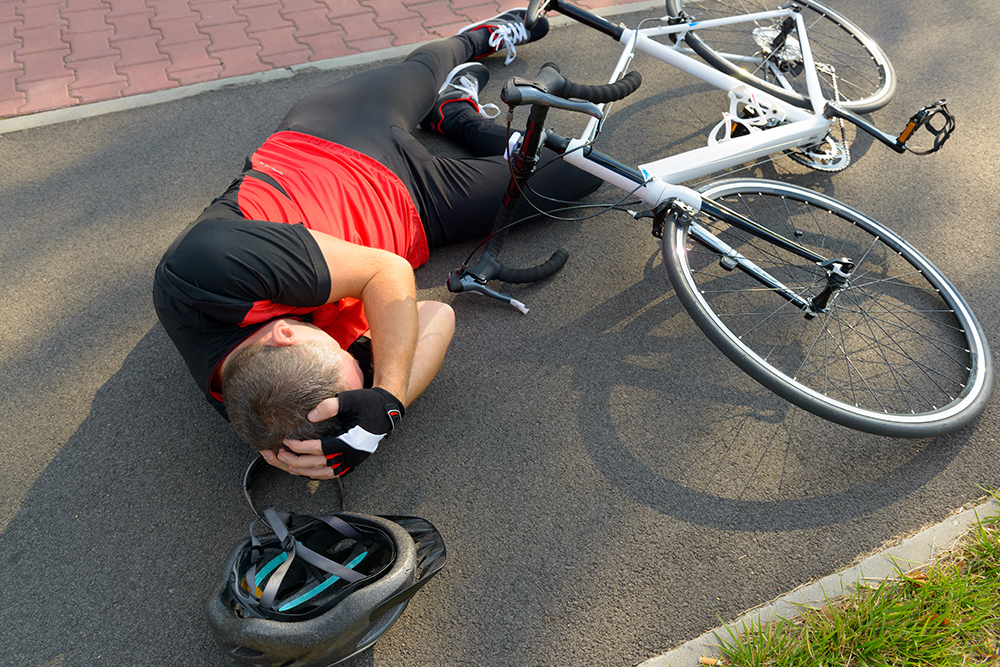 Even the most skilled cyclists are in danger of being in a cycling accident at some point. Hopefully it never happens to you, but if it does, here are some helpful tidbits that EMTs desperately wish you would keep in mind immediately following a bicycle accident.
Even the most skilled cyclists are in danger of being in a cycling accident at some point. Hopefully it never happens to you, but if it does, here are some helpful tidbits that EMTs desperately wish you would keep in mind immediately following a bicycle accident.
- Head Injuries – Did you know that injuries sustained in accidents such as car or bike crashes are the number cause of death among people aged 1 to 44? EMTs strongly urge you to call 911 immediately if you or someone else is in an accident and has:
- Headache
- Lost Consciousness
- Changes in Vision
- Confusion
- Cracked Helmet
- Stop the Bleeding – Don’t try to make a tourniquet. Instead, take a clean piece of cloth and apply direct, firm pressure on the wound and hold it until help arrives.
- Cracked Ribs – If it hurts you to take a deep breath, then you may have a cracked rib, which could put you at risk of puncturing a lung.
- Spine Injuries – Spine injuries are not the sort of thing you want to ignore. If you have any numbness in your fingers or toes, or if it hurts to turn your head, go to the nearest ER.
- Internal Injuries – Check your abdominal region following a crash. There are a lot of organs in the area that can be damaged in a crash. If you have any discomfort or feel abnormally firm, there may be internal bleeding or organ damage.
- Be Prepared – Make your personal information easily available. Keep emergency contacts available in your phone, a list of medical conditions and medication allergies in your wallet, etc. There are smartphone apps available today that can store any relevant information for EMTs if you are in an accident. EMTs know to look for them and they do not require unlocking the phone.
- Let Someone Know Where You Are – Before leaving to go on you ride, let someone know that you’re leaving and tell them your route. That guy from 127 Hours failed to perform this step.
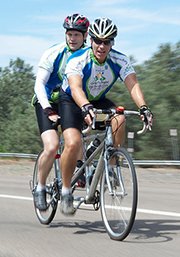


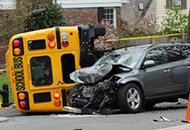

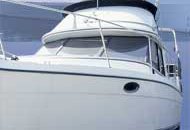
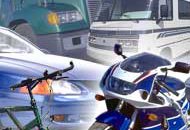
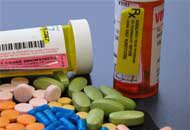

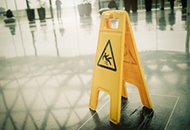
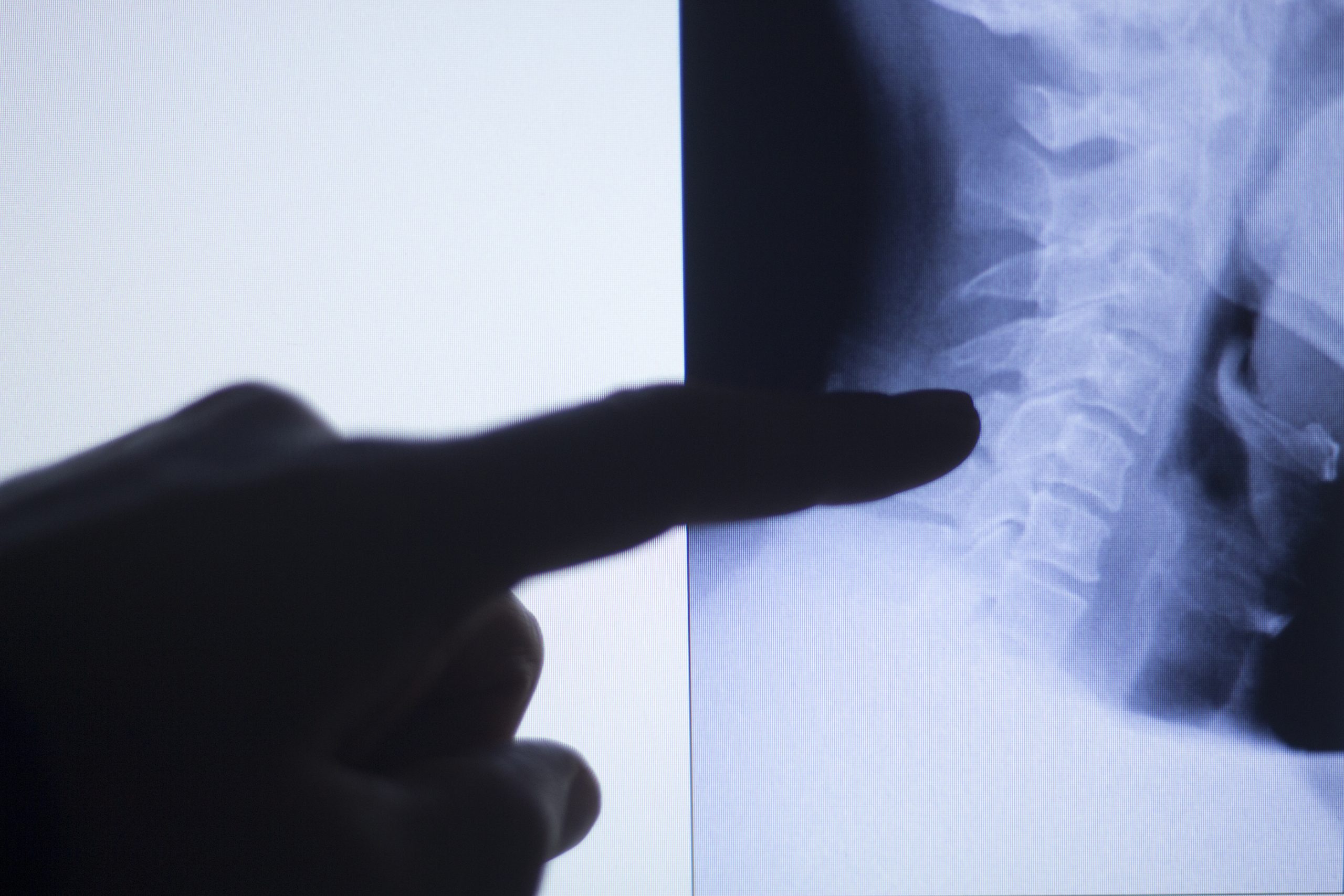
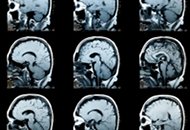
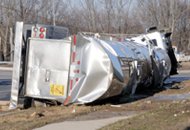
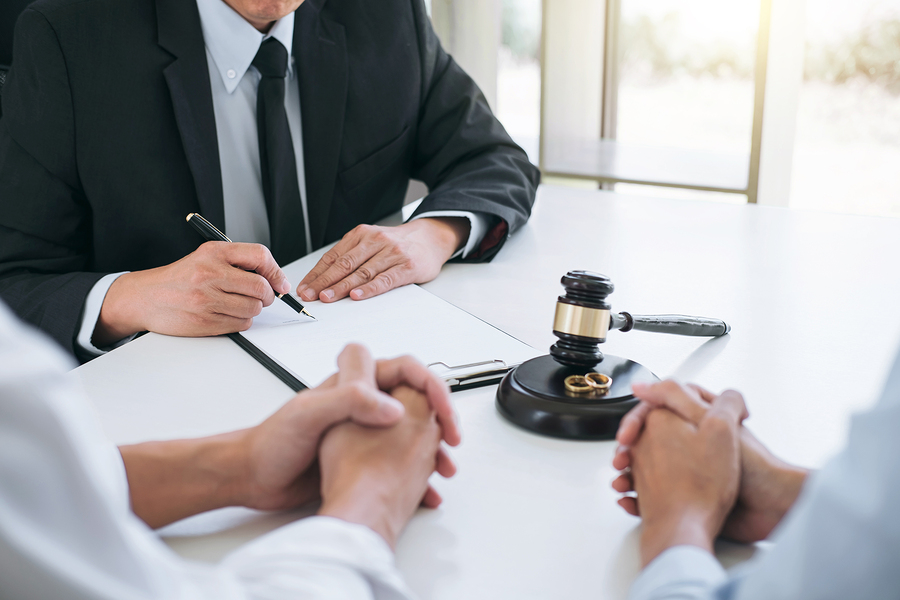
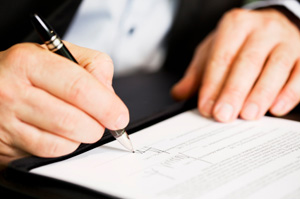
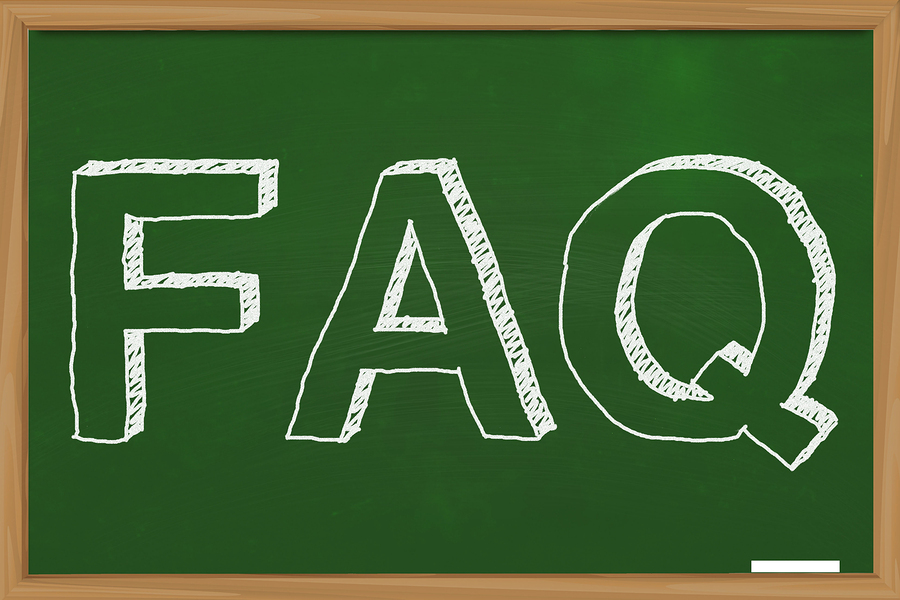
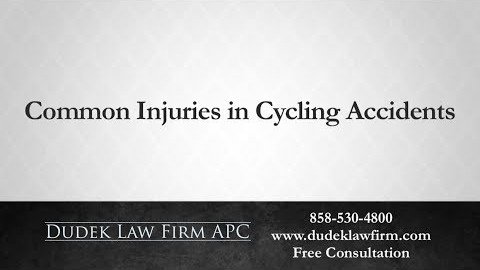





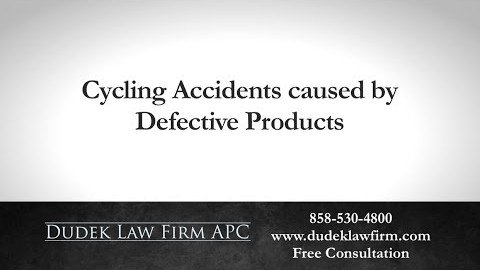


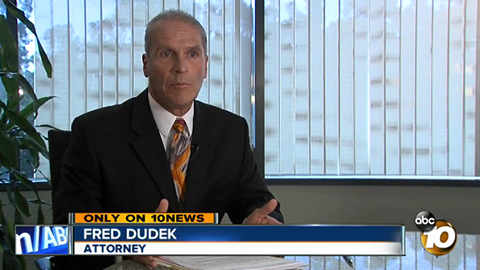
 1620 5th Avenue
1620 5th Avenue 1620 5th Avenue
1620 5th Avenue